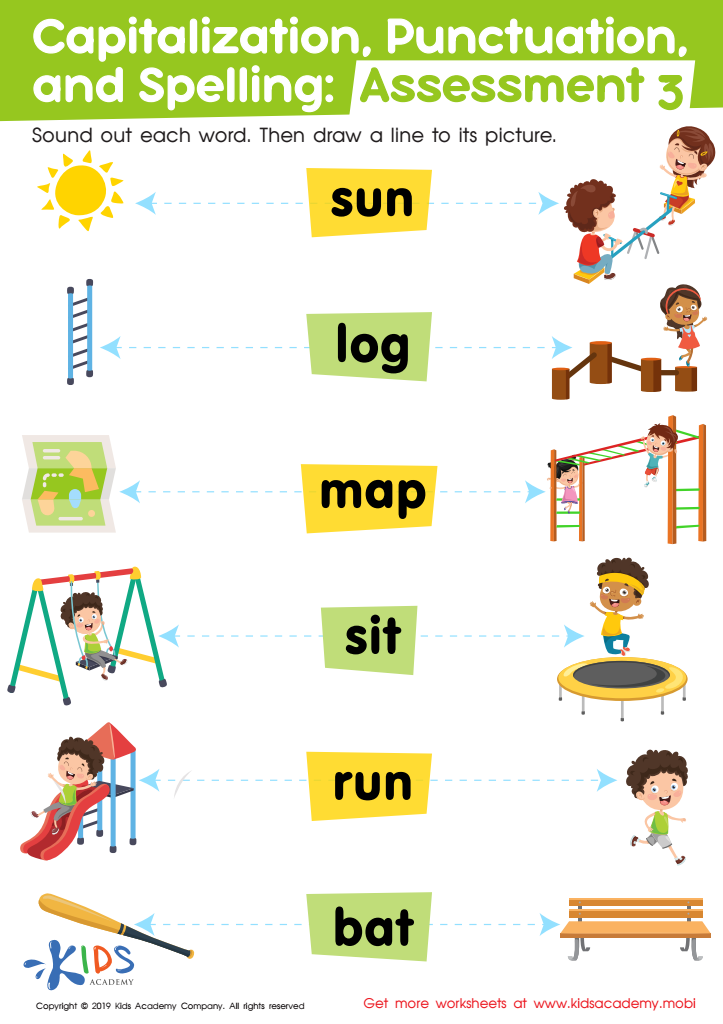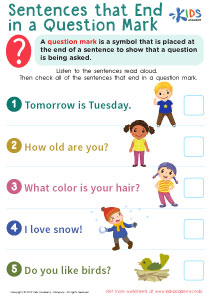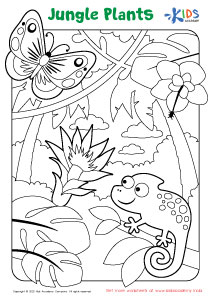Phonics worksheets activities for Kindergarten
6 filtered results
-
From - To


Capitalization. Punctuation. Spelling. Assessment 3 Worksheet


More than 1 word Worksheet


letter sounds Worksheet


Beginning Sounds Assessment Printable


Rhyming Words: Assessment Worksheet


Vowel and Consonant Sounds: Assessment Worksheet
Phonics worksheets activities for Kindergarten provide an essential foundation for young learners embarking on their reading journey. These specially designed activities offer a structured and engaging way for children to begin understanding the relationship between letters and sounds, a critical skill for decoding words and developing fluent reading capabilities.
The utility of Phonics worksheets activities for Kindergarten cannot be overstated. Firstly, they introduce children to the concept of phonics in a fun and interactive manner. Through a variety of exercises, from matching letters to sounds to identifying initial letter sounds in words, children learn to connect the dots between the abstract world of letters and the sounds they represent. This solid grounding in phonics is crucial for reading success, as it enables children to tackle new words with confidence and ease.
Moreover, Phonics worksheets activities are designed with the young learner in mind, incorporating colorful illustrations and engaging tasks that capture their imagination. This not only makes learning more enjoyable but also helps to sustain their attention and motivation. As children progress through these worksheets, they gradually build their vocabulary, enhance their spelling skills, and develop a deeper understanding of language patterns, laying a strong foundation for reading comprehension and lifelong literacy.
Furthermore, these activities allow for individual learning paces. Children can work through the worksheets at their own speed, revisiting concepts as needed, which fosters a sense of achievement and self-confidence in their learning abilities. For educators and parents, Phonics worksheets activities for Kindergarten provide a valuable resource for monitoring progress and identifying areas where additional support may be needed.
In summary, Phonics worksheets activities for Kindergarten are a fundamental tool in equipping young learners with the phonetic skills necessary for reading success. Through engaging and interactive exercises, children not only learn the crucial relationship between letters and sounds but also build a strong foundation for future literacy development.

 Assign to My Students
Assign to My Students




















